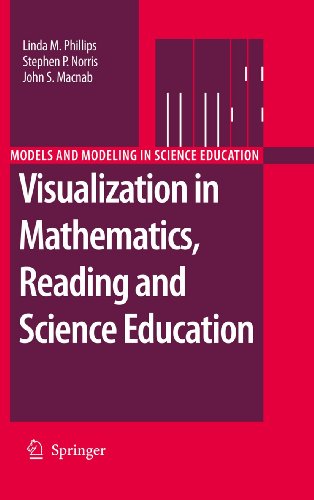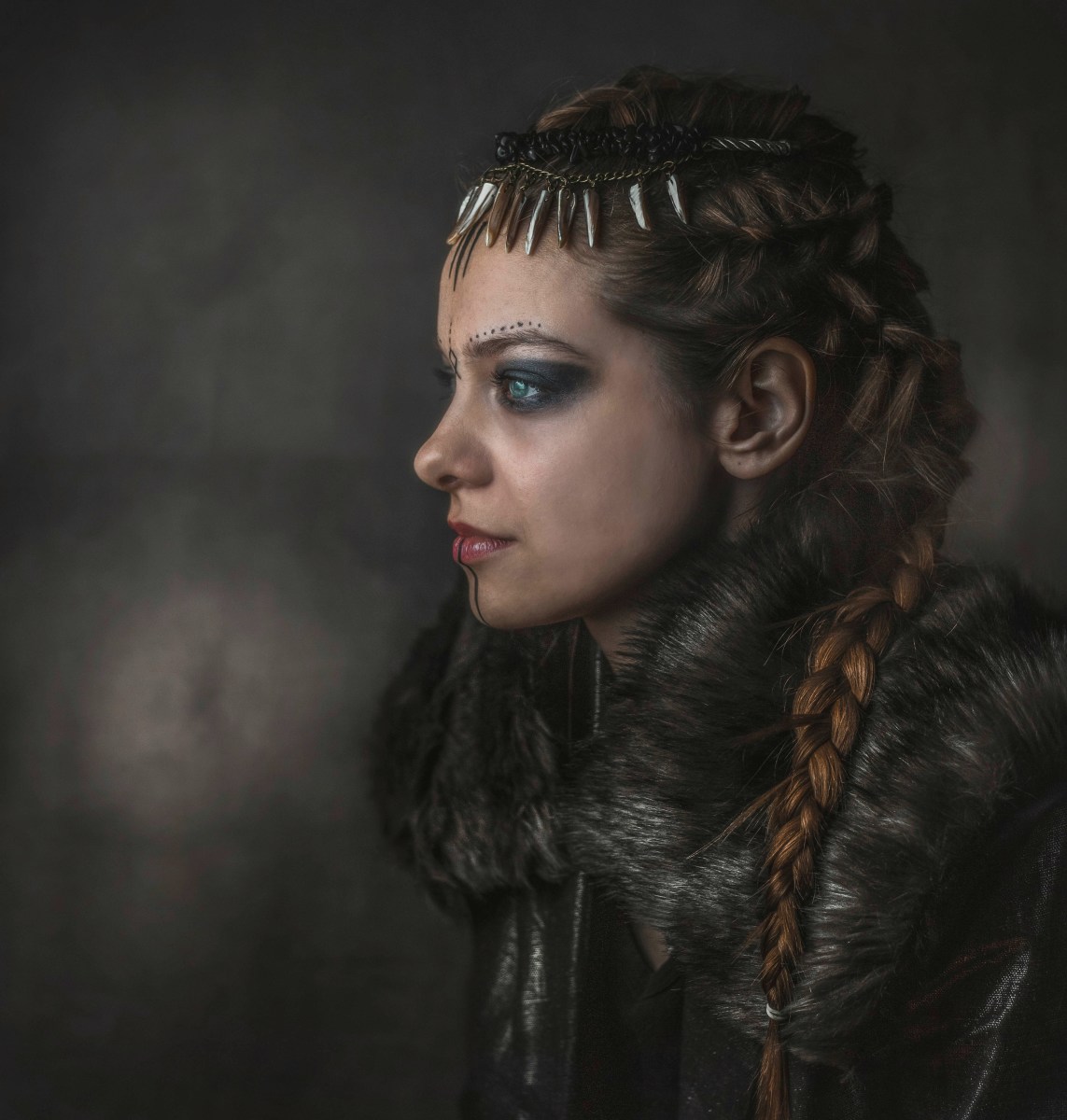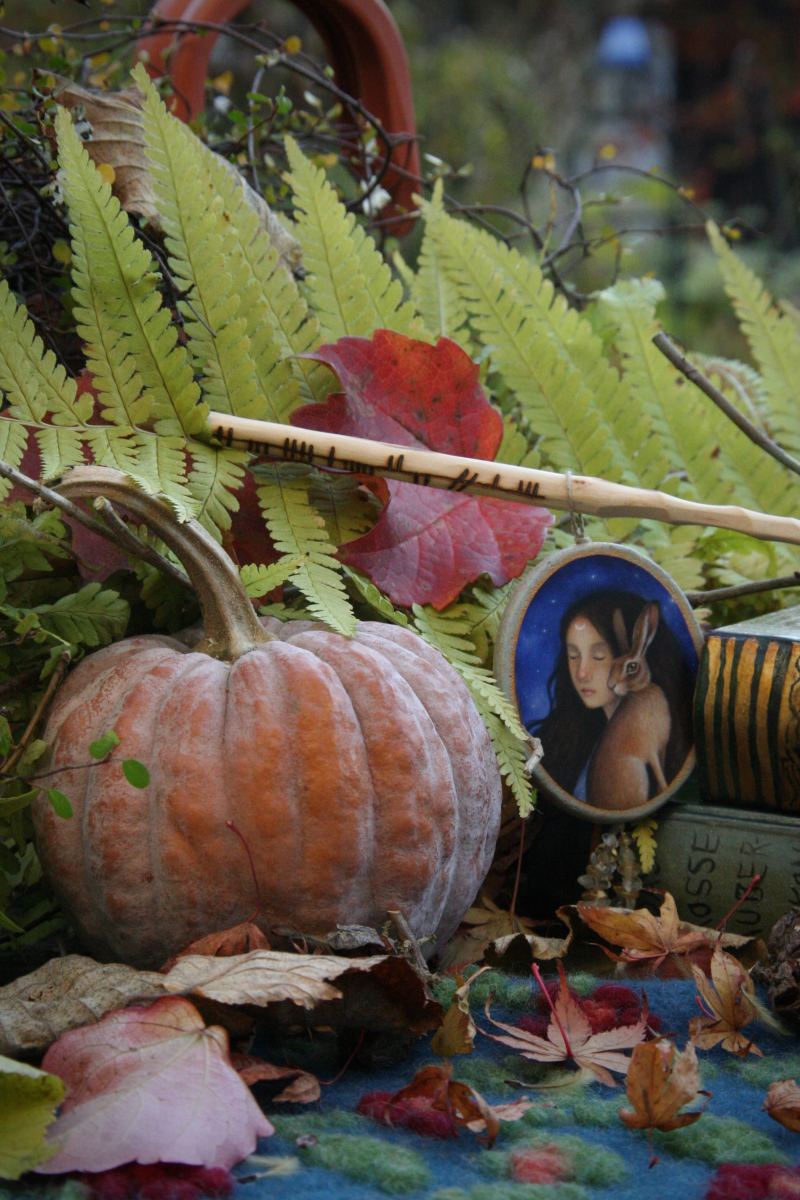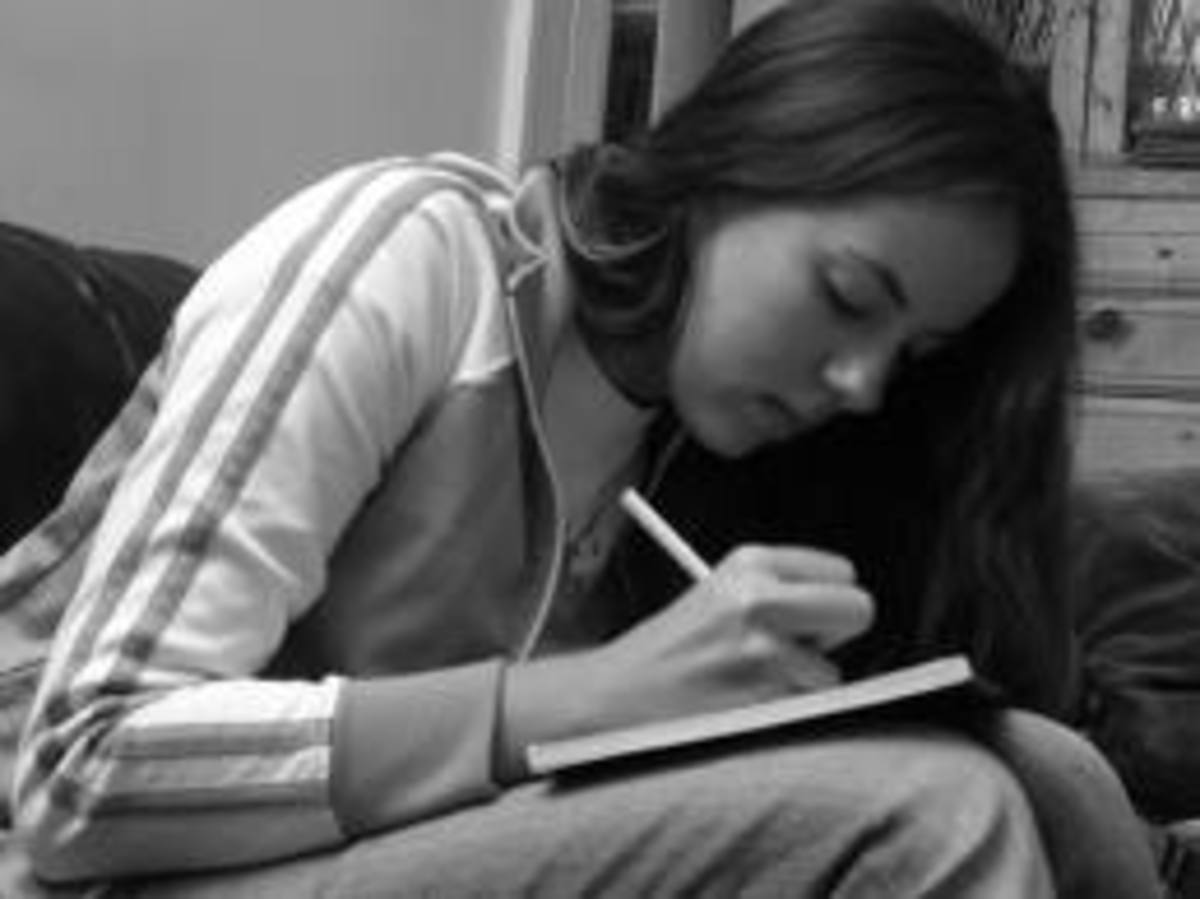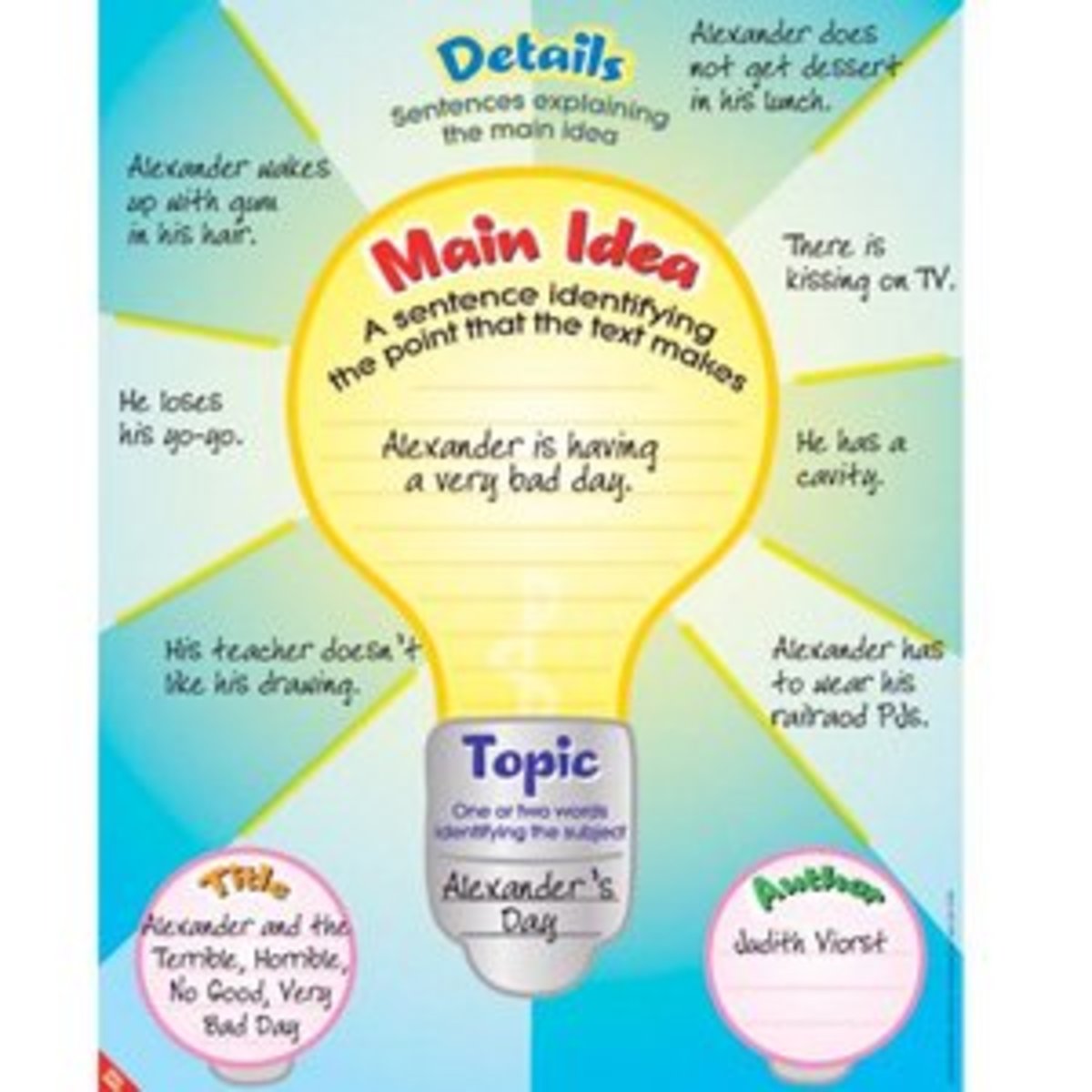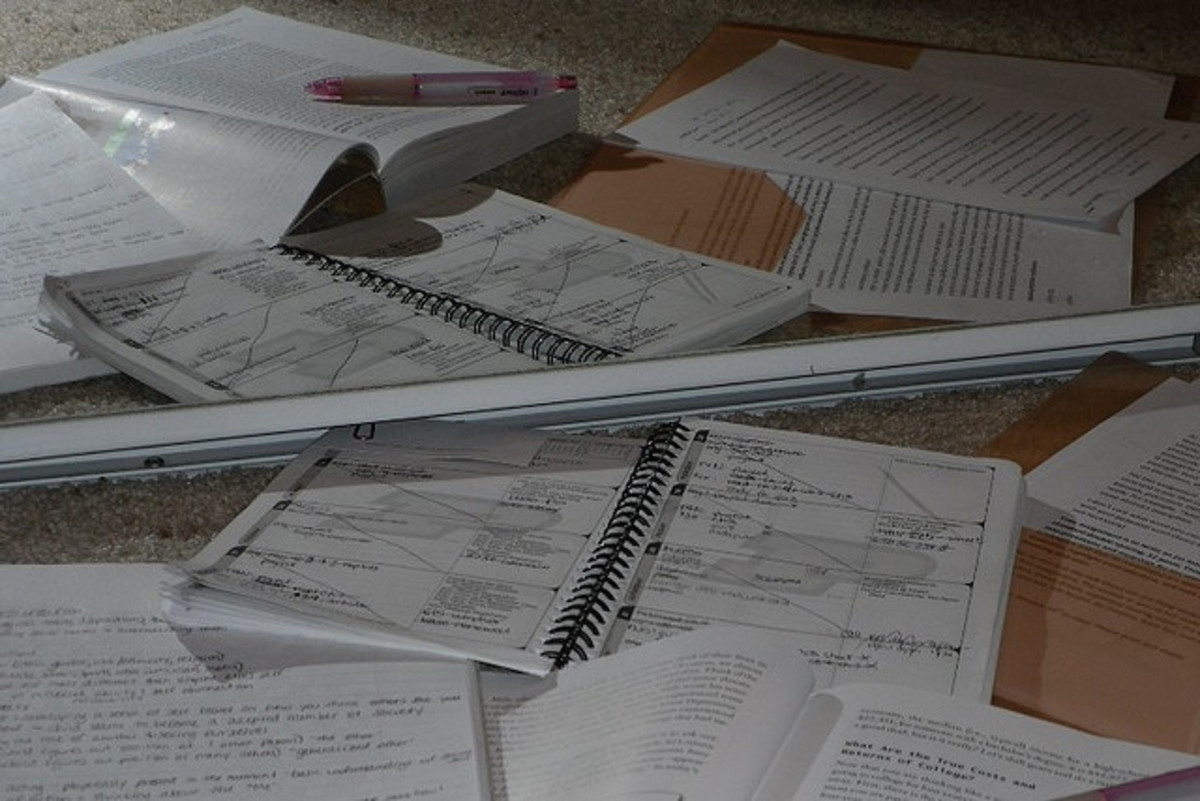Heightened Reading Through Visualization
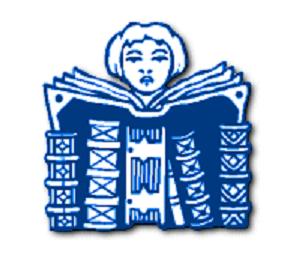
By Joan Whetzel
Every day our eyes and minds are bombarded with other peoples' visualizations, from computer, iPod and mp3 images to movies, video games and television. On top of that, beginning readers have their story visualizations dictated to them by the author, illustrator and book publisher.
When readers start reading text only materials the begin struggling because they are unable to create a mental picture of what the characters and scenes and actions look like. They haven't had any practice doing it for themselves. Is it any wonder that by the time kids get to reading books with no images, that they have trouble visualizing the stories or the imagery that the text represents for themselves? So what is visualization anyway? And how can students learn how to visualize for themselves?
What Is Visualization?
Visualization is the process of producing images in your head that are associated with previous knowledge. It places the reader smack dab in the middle of the story. In other words, if you're reading about a horse of a different color, you already know what a horse looks like and what colors they generally appear in. So imaging the horse in a different color could mean imagining that horse in red, green or purple. Or you might imagine it like the "Horse of a Different Color" from the "Wizard of Oz" - changing from one color to another with each camera shot.
The process of visualization is meant to enhance the reading experience, so that the reader experiences the story more fully. Visualization doesn't just use the sense of vision either, though this is the main sensory function involved in this reading skill. Visualizing calls on the reader to use the other senses as well - smelling the burnt crumbs in the bottom of the toaster, hearing the coffee burbling and gurgling in the percolator, tasting grandma's luscious, sweet cinnamon rolls with the caramelized pecans spooned over the top and drizzling over the sides onto the plate, or hearing the whack! of the screen door as your brother lets it slam closed.
Basic Visualization
To begin teaching your students or children visualization begin with a short story with no images. Or simply hide any existing pictures beforehand. Stop periodically throughout the story and ask the child or student to discuss what images the text stirs in your mind. This will begin the process where the student begins tying the text to images or creating a connection between the text and images they may already have in their head.
Visualizing in a Movie Format
As you read to your students or children, describe the action as a movie sequence. You may have to act out some of the action scenes, or use dolls and puppets to act out the scenes. Once the kids get hang of it, have them act out the scenes or perform the puppet shows.
Visualizations Comparison
As you are reading a story, stop occasionally and have the students visualize a particularly vivid passage. Then, go around the room and have each student describe the mental picture they developed. Discuss the similarities and difference between their visualizations. Ask each student whether hearing what pictures others created in their heads help them see the passage even more clearly.
Visualizations Through the Sense and Feelings
Either read a passage to the students or have them read it to themselves. Afterwards, students will take out a piece of paper and a pen or pencil and start making 5 lists, one for each sense. Let's say you've just read the passage in Hansel and Gretel where they have just found their way to the old witch's house. Under sight the might list the forest, trees, the house, the candies and icing all over the house, and of course the old witch's wrinkly skin and scraggly teeth. For smells the might record the smell of the gingerbread, and smells of each of the different candies, and the smell of the trees. Under taste they might note the different parts of the house that they sampled before the witch came out to put a stop to it. Then for hearing, they could jot down the soft rustling of their footsteps on the forest floor, the crunching of the gingerbread in their mouth, or the screeching voice of the witch.
Charting Your Visualizations
Have students chart their visualizations by creating a mini-dialectical journal. Dived a piece of paper in half by drawing a line down the middle. Label the left-hand column "text" and the right-hand column "visualization." As they are reading the story, have them write down 2 to 3 passages in the text column - spaced out. In the visualizations column, they should draw or describe what the visualized when reading the passage, using juicy verbs and nouns.
Examples:
· I imagined Hansel chomped off a corner of the windowsill and gnawed at the gumdrops half buried in the flowerpots.
· I could just see Gretel hearing a cawing behind her, and spinning around in time to see 6 crows gobbling up the breadcrumbs they'd dropped on the forest floor.
Draw Your Visualizations
Read the text aloud or have students read the text, stopping at points with lively word pictures. Have the students pull out drawing paper and crayons or colored pencils to draw the pictures painted by the words. Then do a show and tell picture show.
Diorama Visualizations
Students can create a diorama, either at home or at school, to represent passage in the story you are reading. If the dioramas are being created at school, have students bring supplies from home to help create their scenes, such as: clay, pipe cleaners, construction paper, cardboard pieces (6 x 9 inches or larger) for a base, shoe boxes, or any little trinkets that could represent parts of the story. If the story is short enough, break the class down into groups of 2 to 4 students and have them create a scene in groups. Ideally each student or group o students creates a different scene or passage so that the whole story is represented. Display their dioramas in the school library as a "Hansel and Gretel" Museum.
Other Visualization Techniques
Other visualization techniques collecting and displaying photos related to the story, or showing films based on the story or book you're reading, and having students do newspaper, magazine and online searches for related material. Play instrumental music that elicits emotion or any other feelings that enhance the reading experience. After all, even movies have background music to enhance the movie going experience and make the story even more vibrant and memorable. Instead just a single drawing, why not let them tell the story in comic strip? Each student draws a single passage or even 2 to 3 strips. Bind all the comic strips together into a graphic novel. Try turning the story into a newscast with a moderator, and a reporter and students playing the part of the characters. Have the reporter get interviews as part of the news story. Add characters as necessary - you may need a couple of policemen arresting the old witch after she tries to harm Hansel and Gretel or arrest the big bad wolf for destruction of property for blowing down the pigs' houses.
Conclusion
The more opportunities that you can provide your students to practice visualization, the sooner and more easily they will pick up this important reading skill. Visualization enhances their reading comprehension in all subject areas. Teaching this skill set will help them get over the hump from illustrated books to non-illustrated reading material of all sorts - newspapers, magazines, even many online materials. The livelier the visualization techniques they have in their arsenal, the more animated their visualizations and their reading experiences will become.

